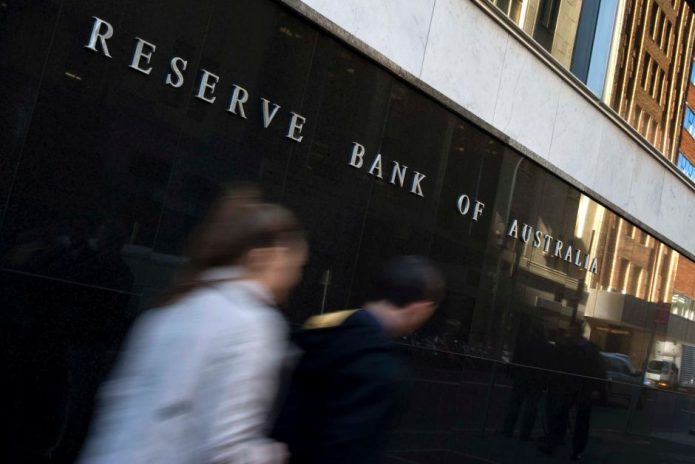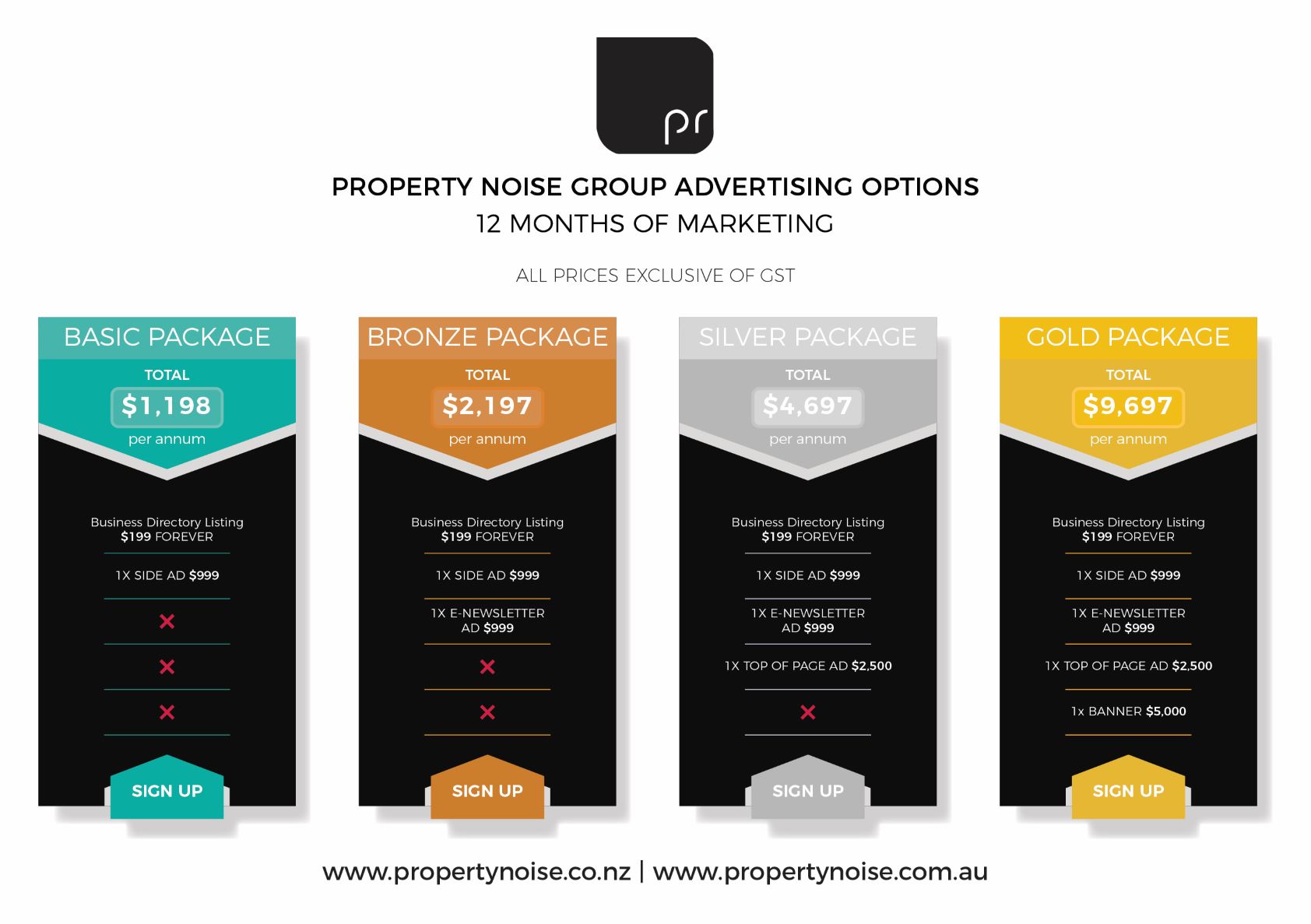PHOTO: Vanessa Taylor – realestate.co.nz
New listings down, but still ahead of usual winter levels
COVID-19 does not appear to have dampened average asking prices. Real-time data from realestate.co.nz shows all-time average asking price highs in seven New Zealand regions.
Vanessa Taylor, spokesperson for realestate.co.nz, says:
“There is a lot of speculation around post lockdown property prices but average asking price highs in seven regions suggests that most vendors are still expecting high prices for their properties.”
Vanessa says there has been no backwards step in demand either. Traffic to realestate.co.nz last month was on par with February – a summer month when browsing is typically at its peak1.
“May 2020 saw 1.2 million users visit the site conducting over 9.1 million property searches, surpassing the 1.1 million users that visited the site in February 2020. Plus, we also saw the average session duration up last month by 30.0% to 8:29 minutes – two minutes higher than in February,” says Vanessa.
New listings and total stock were both down nationally in May but, with numbers comparable to winter 2019 and 2018, Vanessa believes that supply might be recovering more quickly than expected.
Seven regions hit all-time average asking price highs since records began 13-years ago
The national average asking price was up by 10.3% year on year in May to $724,058, but it was our regions that led the charge with seven all-time average asking price highs.
Manawatu/Whanganui hit a record high of $495,294 in May 2020, an increase of 24.8% on last year, while the Central North Island climbed 20.1% to $565,636. The increase in the Central North Island was close to $29,000 more than the region’s last recorded high in January 2020. In Taranaki, the average asking price tipped over $500,000 for the first time since records began in 2007 with an increase of 16.3% compared to the same time last year.
Vanessa says that, while average asking prices indicate what vendors are expecting to get rather than what properties are actually selling for, they are usually a good indicator of what will happen with sales prices.
Joint research from realestate.co.nz and REINZ shows that there is a strong relationship between asking prices and sales prices. A five-year analysis shows that, nationally, there tends to be around 2 – 3% difference between asking and selling prices.
“I believe it is promising to see these asking price highs around the country during what is a challenging time globally,” says Vanessa.
| All-time asking price record highs during May 2020 | |||
| Region | Average Asking Price
May-2019 |
Average Asking Price
May-2020 |
Year on Year increase |
| Northland | $608,544.00 | $ 666,830.00 | 9.6% |
| Waikato | $626,776.00 | $ 680,961.00 | 8.7% |
| Hawke’s Bay | $544,808.00 | $ 606,136.00 | 11.3% |
| Taranaki | $433,977.00 | $ 504,887.00 | 16.3% |
| Canterbury | $502,736.00 | $ 556,476.00 | 10.7% |
| Central North Island | $470,837.00 | $ 565,636.00 | 20.1% |
| Manawatu / Whanganui | $396,846.00 | $ 495,294.00 | 24.8% |
New listings down in most regions but comparable to typical winter numbers
Nationally 8,324 new property listings hit the market in May, down 12.0% compared to the same time last year. New listings have been in a continuous downward trend since our records began.
“In July and August 2019, new listings coming onto the market totalled 7,545 and 7,295, respectively. It’s promising to see that vendors were more active coming out of a nationwide lockdown than they typically are in winter,” says Vanessa.
Gisborne saw the biggest decrease in new listings compared to last year. Dropping back by 43.5%, the region had only 39 new listings put on the market last month. New listings were also down in Wellington by 24.3% to 548 and in Marlborough by 22.4% to 76.
The West Coast and Central Otago/Lakes were the only regions to see an increase in new listings.
Central Otago/Lakes bucks the trend with a supply increase
Despite a drop in supply in most parts of the country, real-time data from realestate.co.nz shows that the Central Otago/Lakes district is bucking the national trend.
In May, there were 732 total homes available for sale in the region, an increase of 13.0% on the same time last year. New listings were also up with 235 new listings coming onto the market, an increase of 21.8% on May 2019.
Vanessa says that, given the number of people employed by the industry, the tourism downturn in the area might be the reason for the lift in stock. Data from the Ministry of Social Development shows that the number of Kiwis receiving jobseeker benefits in the Queenstown/Lakes area increased from 38 in February 2020 to 472 in April 2020. Compared to April 2019, the number of people in the region on the jobseeker benefit increased by 1,242%.
“Ultimately, personal circumstances will always drive people’s decision to buy or sell and, with the tourism industry on ice to overseas tourists, this might be what we are seeing in Central Otago/Lakes,” says Vanessa.
The average asking price in the region was also down by 15.8% last month when compared to 2019. However, sitting just below the $1 million mark at $972,073, Vanessa says prices are comparable to February 2020 when the average asking price in the region was $975,288.
“Prices in the region tend to fluctuate between $900,000 and the early $1,000,000’s and can be impacted by the types of property on the market in any month.”
“It is important to look at the big picture when comparing year on year prices. I don’t think we can say that the average asking price in the region is definitely down because of COVID-19 given the long-term ups and downs we have seen,” says Vanessa.
ENDS
1Data from realestate.co.nz’s Google Analytics – comparing total number of users and average session duration between May 2020 and February 2020.












